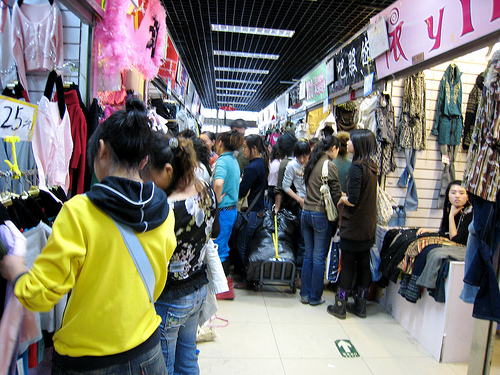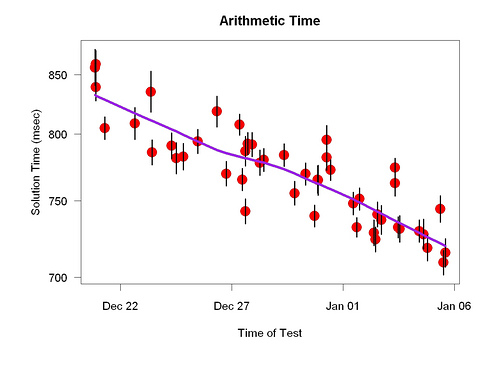As I said on Christmas Eve, thanks to Web comments and blogs, you can now hear many voices in a debate in a way you never could before. The New York Times has just added a vote-like recommendation feature to help sift through a large number of comments. (I hope they add a “sort by” feature to make the most popular comments easy to find.) People you could not usually hear from turn out to have enormously interesting and helpful things to say — again and again and again.
A new example is the debate over vaccine safety. A 2007 book called The Vaccine Book: Making the Right Decision For Your Child by Robert Sears took a middle ground: A way that parents can space out vaccines. This seems to have offended Dr. Paul Offit, a vaccine inventor. With Charlotte Moser he wrote a critique (may be gated) of the book, just published in Pediatrics, that is actually an attack on it. Would the critique be full of well-reasoned arguments? New facts? Nope. It reminds me of my surgeon claiming that a certain surgery was beneficial and, when questioned, saying that of course evidence supported her claim but never producing any evidence. However, overstatement from doctors is nothing new. What’s new is the comments section on the critique (may be gated), which contains several fascinating observations.
From John Trainer, a family doctor:
[For Offit and Moser] to castigate [Sears] for offering information to the laity is to fall prey to the same mindset as the early church. By controlling access to the Bible, the leaders of the church exerted control over all.
From Corrinne Zoli, a Syracuse University researcher:
The vaccine debate plays out against a backdrop not only of facts vs. falsehoods, refereed vs. non- mainstream journals and studies, science vs. speculation, a complicated enough arena, but of conflicting cultural ’facts,’ which may be equally important as the science. For instance, parental concerns over the safe cumulative levels of thimerosal (ethyl mercury) in vaccines were unwittingly validated by the American Academy of Pediatrics (AAP) and the U.S. Public Health Service and others’ recommending their removal (which largely occurred in 2001)—even while these organizations were steadfast in public declarations of no causal link between the preservative and various neurotoxic or neuropathological ill-effects. What did parents learn from this decision? Aside from the fact that the preservative had been long removed in many countries of the world (i.e., the UK and even Russia), or that infants may have received doses exceeding EPA recommendations, they learned that organizations designed to serve the public trust were contradictory in their words and deeds. . . . The larger ’lesson learned’ by parents was to fear the decision making processes of medical and public health institutions and to become critically engaged with them using whatever tools at one’s disposal (i.e., online information, reading scientific studies, discussion groups, etc.).
Fifty years ago, when doctors wouldn’t justify their claims, you couldn’t do much about it. Few had access to medical libraries or the time to visit them. Now there is an enormous amount you can do. Water will simply flow around the rocks, such as Dr. Offit, who get in the way of better decisions.
This sort of open discussion is so helpful it should be standard scientific practice: allow your research to be commented on by anyone for anyone to read.
 A Beijing friend of mine prefers to shop in Hong Kong, where clothes are cheaper than in Beijing. If you must shop for clothes in Beijing, she said, go to the Beijing Zoo. She meant a cluster of stores near the zoo.
A Beijing friend of mine prefers to shop in Hong Kong, where clothes are cheaper than in Beijing. If you must shop for clothes in Beijing, she said, go to the Beijing Zoo. She meant a cluster of stores near the zoo.